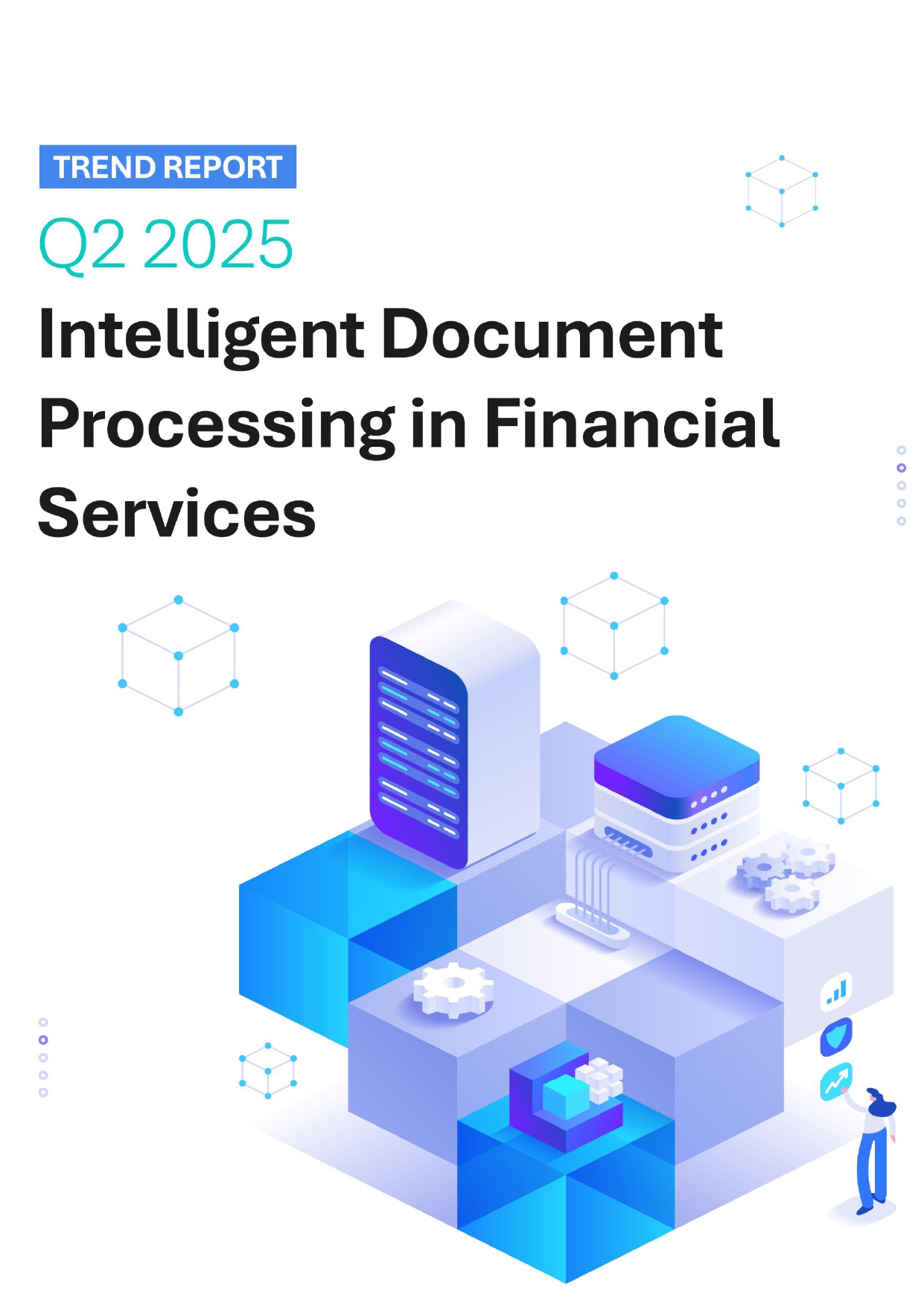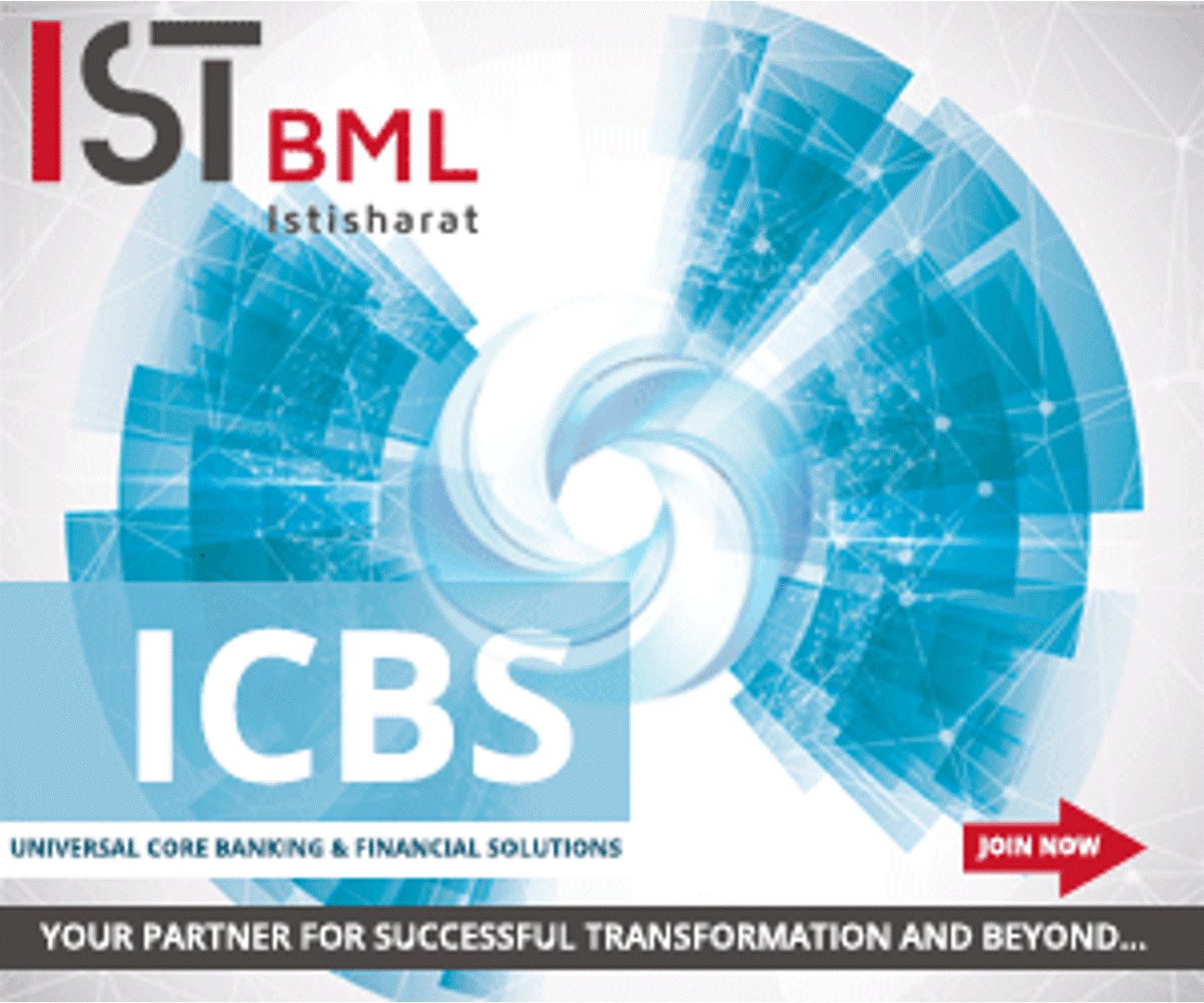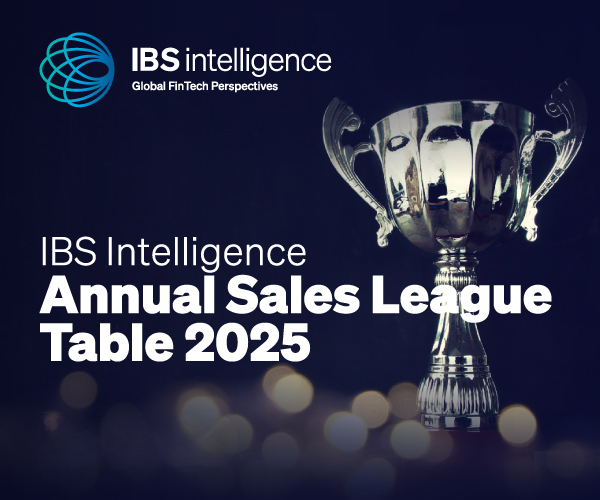 Back
Back
Rethinking retail banking strategies, what to watch in 2022
By Puja Sharma
As traditional methods are no longer effective, banking has undergone a fundamental change after two years of the pandemic. To reduce human contact and enable banking with technology, the Banking and Financial Services industry needs to become more adaptive, innovative, and tech-savvy.
As seen since last year, banks were busy re-evaluating their operations and strategies to cut costs and become more proactive in serving their customers digitally. Banks since the pandemic have paced up the digital transformation efforts to better the “user experience” by investing heavily in online payments, digital banking, big data, and analytics among others.
The following emerging trends in the retail banking are taking the sector by storm:
Robotic Process Automation
RPA can be used effectively for opening new accounts, onboarding customers, and managing loan applications. As banks use robotic process automation (RPA) and digital process automation (DPA) in 2022, they will realise the benefits of process automation tools beyond increased efficiency. RPA along with AI and Machine learning can streamline various customer-centric work, such as From customer onboarding, new account opening, and loan application management.
Hyper-Personalisation
Customer is the king, and making every customer feel equally valued is of utmost necessity and hyper-personalisation truly reflects this. Tailoring, end-to-end digital transactions and automating them—enhances financial decisions and impacts investment, it makes every customer feel valued and also educates them at the same time.
Customer Data platforms help financial institutions garner real-time data of their paving a way for personalised recommendations. Beyond data governance, these data platforms also deliver campaigns based on anticipated intent, to supercharge the lead funnel besides providing personalised services for the existing customer.
Taking core banking to the cloud
A study by IBM found that 91% of financial institutions are using cloud services by 2021. However, only 9% of mission-critical regulated banking workloads have been deployed in the cloud. The reluctance is disappearing quickly when it comes to adopting the cloud for core banking.
Throughout 2021, banks realized that the on-premises, legacy IT systems they were using could not keep up with digital operations and customer demands. Furthermore, on-premise infrastructure is becoming increasingly expensive to update and maintain. The cloud will become an important component of core banking in 2022, as cloud infrastructure can help banks react quickly to changes in the marketplace. There will also be a rise in hybrid cloud adoption. By dividing their information between private clouds (in-house data centers) and cost-effective and efficient public clouds with key-controlled access, banks can safely store sensitive information in a hybrid cloud environment and scale at the same time.
Growth of Open Banking APIs
Open Banking or APIs have grown rapidly since last year and would continue to do so throughout 2022. The decision of the US government’s 2021 executive order to lay out regulations for easy access of data for the customers and transfer it to other FinTech and financial services.
Banks and credit unions are also investing heavily in developing APIs to enable open banking. The number of banks and credit unions that have invested in or developed APIs has grown from 35% in 2019 to 47% in 2021, and another 25% plan to invest in or develop APIs in 2022. These developments will elevate open banking in 2022 leading to an exponential rise in customer adoption.
Potential of Banking-as-a-Service (BaaS)
BaaS provides banking institutions with a fantastic potential to generate additional revenue at a cheap cost. The nature of BaaS is such that it is easily scalable and nimble, making it ideal for entering new markets and then rapidly expanding. BaaS enables financial institutions to collaborate with non-financial companies such as Amazon, Apple, and Google to reach additional clients.
The banking ecosystem now has exciting potential thanks to BaaS. It is a potential for a financial institution to contact a larger number of customers at a cheaper cost. In 2022, as digitisation accelerates, including automation and APIs, more businesses will utilise BaaS. Through BaaS, any firm with a big client base will begin to integrate financial services into its operations in conjunction with financial institutions.
BNPL
Flexible payment solutions like BNPL are fast gaining popularity around the world. According to Worldpay’s Worldwide Payments report for 2021, BNPL accounted for 2.1 percent of all global eCommerce transactions in 2020. By 2024, BNPL is predicted to account for 4.2 percent of all worldwide eCommerce sales, doubling its current share.
Financial institutions and merchants, on the other hand, need a thorough grasp of BNPL, including interaction needs, customer onboarding, and a flawless checkout experience. BNPL integrations are simple for retailers and are technically similar to other popular solutions such as cards or digital wallets.
Even after the pandemic, digital contactless transactions are here to stay. FinTech has now become an integral component of the banking ecosystem, leading to a new normal in the financial sector. There is no going back to the old ways.
IBSi FinTech Journal

- Most trusted FinTech journal since 1991
- Digital monthly issue
- 60+ pages of research, analysis, interviews, opinions, and rankings
- Global coverage
Other Related News
Related Reports

Sales League Table Report 2025
Know More
Global Digital Banking Vendor & Landscape Report Q2 2025
Know More
NextGen WealthTech: The Trends To Shape The Future Q4 2023
Know More
Intelligent Document Processing in Financial Services Q2 2025
Know More



